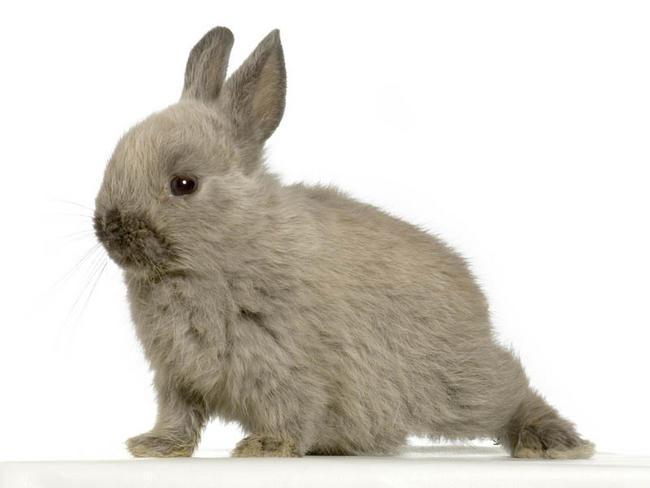How To Raise Orphan Rabbits - Rabbit Breeding
It is quite difficult to raise baby rabbits that are orphans or have been neglected by their mothers for one reason or another. Before considering that the mother is neglecting her young, it must above all be remembered that the doe nurses only a few minutes a day, at one time (usually at night or early in the morning), and that the rest of the day she does not stay with its scope.
Entrust the rabbits to another doe who is nursing
We must therefore be careful not to intervene inappropriately or consider that the young are neglected when the mother takes care of them perfectly well. If possible, place young orphans with another nursing doe.
It is more than likely that a female will accept young that are not hers if they are less than two weeks old and they are no more than two days apart from hers. If you apply a drop of perfume in front of the doe's nose to deceive her sense of smell, there will be even less risk that she will refuse the little ones.
Feed orphan baby rabbits
Orphan rabbits less than three weeks old can be fed artificially, two or three times a day, with powdered milk for puppies or kittens sold in pet stores. During the first days, they can be given up to 5 ml of milk (one teaspoon) and gradually increase the amount to 15 ml (one tablespoon) during the second week, reaching 25 ml during the third.

Then continue for a few weeks with a dose of 30 ml per day, until the little ones are able to eat hay and pellets in sufficient quantity on their own.
The milk should be given with a bottle for puppies, remembering to drill a suitable hole in the teat so that the milk flows well. Be careful not to press too hard on the teat because the milk could leak into the rabbit's lungs.
After each meal, the anal area of the little ones should be gently cleaned with a piece of cotton soaked in lukewarm water, to stimulate urination and defecation. The little ones should be kept warm in a comfortable layer, padded with a good thickness of straw or pieces of newspaper covered with rabbit hair, if possible, or wool.
You can also warm the layer with a heating pad (like those used in terrariums) that you apply to the bottom of the box, so that it warms the bottom of the layer to a temperature of 27°C. To avoid errors, it is advisable to check the temperature frequently with a thermometer.
The most common hazards
When raising orphaned rabbits artificially, the main things to watch out for are pneumonia (caused by milk seeping into the lungs), hypothermia (caused by insufficient temperature in the diaper, i.e. say below 35°C) and diarrhea (caused by the composition of the milk used).
Is this article useful, does it answer your problem?







